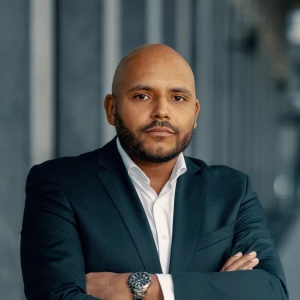I was doing a mock interview with McK's HR department and they told me that my example for the leadership section (i.e. when I worked effectively with people from different backgrounds) was too cliché. In fact, they said to avoid talking about jobs/projects with “a German, a Portuguese, etc.”. What other backgrounds can I consider for my example?
Thank you!













